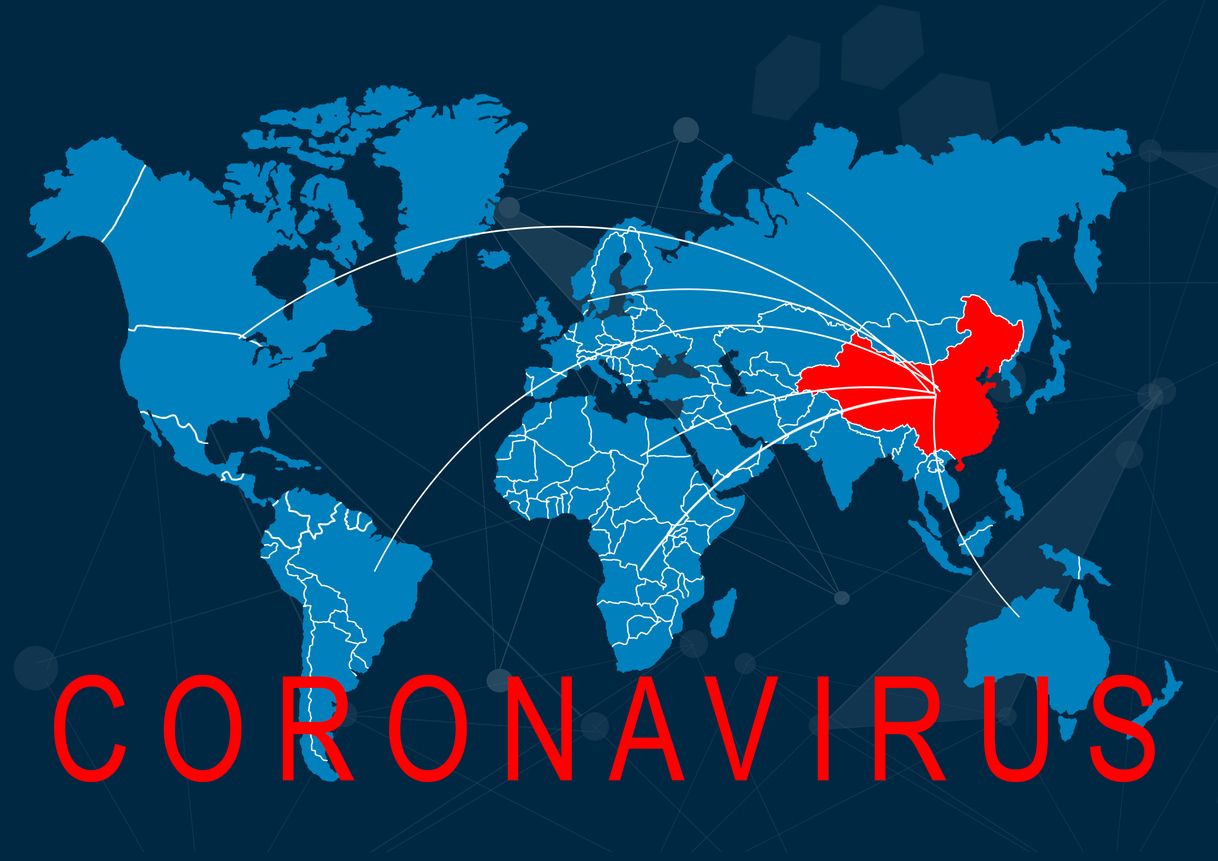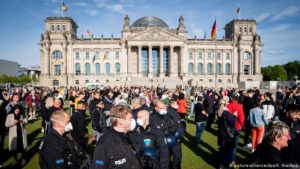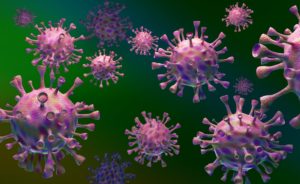| The new rules froze transportation and canceled weddings, funerals and a Communist Party conference. The government also ordered the testing of every resident there, which was wrapped up in a few days. |
| This week the restrictions were expanded to Langfang, a city on the edge of Beijing, and to some districts inside Beijing, the Chinese capital. They now apply to 22 million people, more than twice as many as the lockdown in Wuhan last January. |
| The move comes at a time when the Chinese economy was surging back after last year’s slump and when residents, many who felt like the pandemic was a thing of the past, were getting used to something close to normal life. China, a country of 1.4 billion people, has reported an average of 109 new cases a day over the past week. (For some perspective, the U.S. is averaging a quarter-million a day.) |
| Since the outbreak in Wuhan, Chinese authorities have created a playbook for outbreaks that includes sealing off neighborhoods, conducting widespread testing and quarantining large groups — measures that were seen as extraordinary when they were applied in Wuhan last year. |
| Officials have appeared especially worried about Beijing, home of the Communist Party’s central leadership. After a taxi driver there tested positive over the weekend, the authorities tracked down 144 passengers for additional tests, according to The Global Times, a state tabloid. Now anyone getting in a taxi or car service in Beijing has to scan a QR code from their phone, allowing the government to quickly trace them. |
Alex
Koordynator projektu
0




